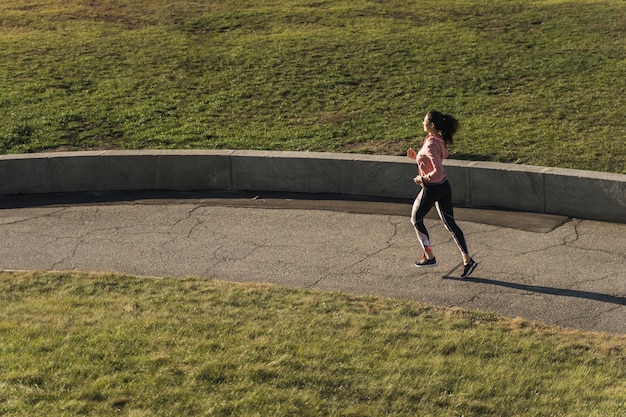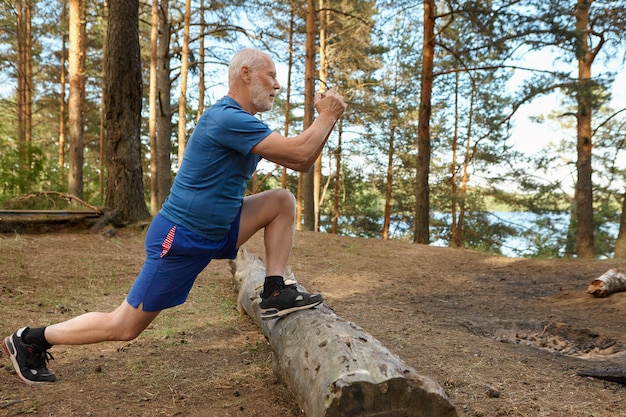Running is one of the most accessible and effective forms of cardiovascular exercise. But when it comes to building strength, endurance, and overall fitness, many runners face a common dilemma: Should they hit the treadmill or head outdoors? Both options offer unique benefits and challenges. In this comprehensive guide, we’ll break down the differences, provide actionable tips, weekly training targets, and essential safety reminders to help you make the best choice for your fitness goals.
While running is primarily known for improving cardiovascular health, it also plays a significant role in building lower-body strength, core stability, and muscular endurance.
Running outdoors introduces natural variables such as wind resistance, uneven terrain, hills, and changes in elevation. These elements force your body to engage stabilizing muscles, improve balance, and increase power output—especially in the glutes, calves, and hip flexors.
Trail or hill running, in particular, acts like resistance training by requiring greater muscle activation with each stride. Over time, this leads to stronger legs and improved joint stability.

Outdoor terrain challenges help build functional strength.
Treadmills offer a consistent, low-impact surface with shock absorption that can reduce stress on joints. While the surface is predictable, you can still build strength by adjusting the incline and speed.
Setting the treadmill at a 1–2% incline mimics outdoor effort, and higher inclines (3–6%) simulate hill training. Interval workouts with bursts of speed and steep climbs can significantly boost leg strength and cardiovascular capacity.
Whether you choose treadmill or outdoor running, consistency and progressive overload are key. Here’s a sample weekly plan to build strength and endurance:
Joint safety is crucial, especially for long-term strength and mobility. Here’s how to protect yourself:

A proper warm-up reduces injury risk and improves performance.
Outdoor running generally provides greater strength-building potential due to natural resistance and terrain variability. However, treadmills are excellent for controlled strength-focused workouts, especially when using incline training.
The best approach? Combine both. Use the treadmill for structured workouts and bad weather days, and head outside for long runs and strength-building terrain. This hybrid strategy maximizes fitness gains while minimizing overuse injuries.
Remember: Consistency, proper form, and smart progression matter more than where you run. Listen to your body, set realistic goals, and enjoy the journey to a stronger, healthier you.

Fitness

Fitness

Fitness

Fitness

Fitness

Wellness

Fitness

Fitness

Health

Fitness

Fitness

Fitness

Health

Fitness

Health

Health